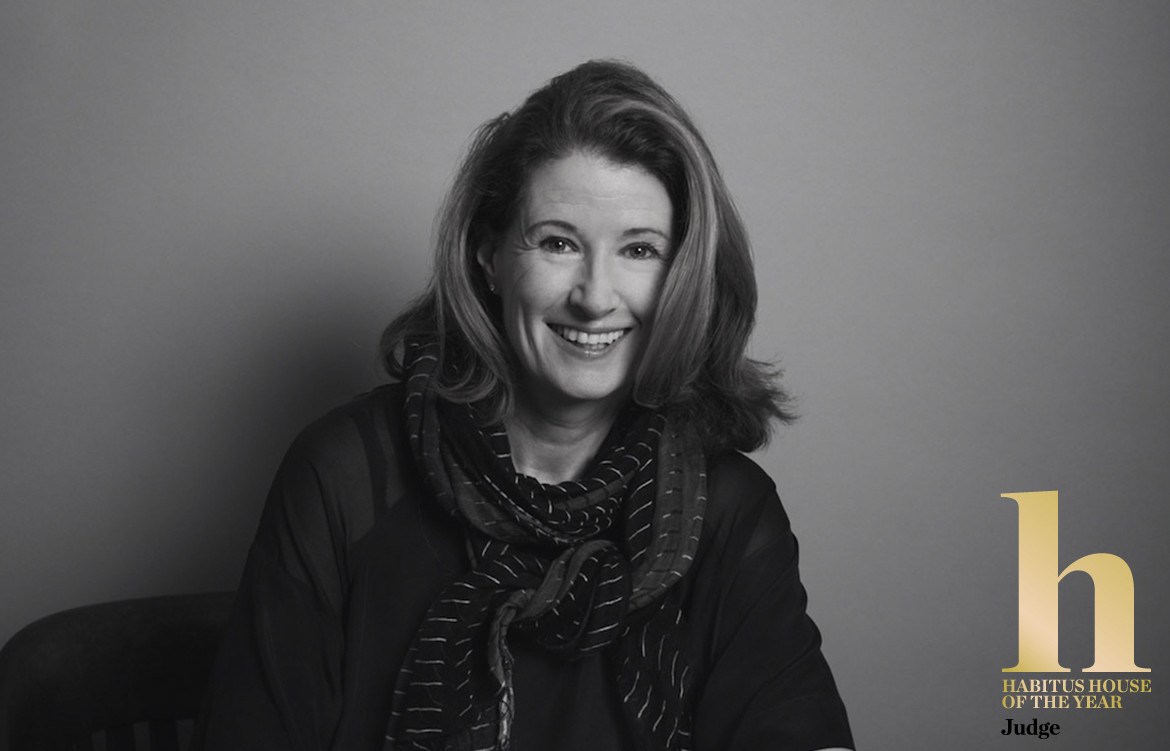When it comes to architecture and design writing in Australia, few voices are as prominent as that of Karen McCartney, architecture editor of Belle magazine and design columnist for Good Weekend. Deservedly so: over the years, Karen has been integral to the development of some of the most recognisable titles in Australian design publishing.
Originally from the UK, where she earned a Bachelor of Arts in English literature and art history from UCL, Karen cut her teeth in the notoriously competitive London publishing scene before relocating to Australia in the late 90s. After helping launch Marie Claire Lifestyle – a spin-off of the iconic Marie Claire title – she leapt into a role as the Founding Editor and Editorial Director of Inside Out magazine, where she remained for 10 years.
“At that point,” Karen muses, “I thought, ‘I don’t want to be one of those editors who’s [at a magazine] forever’, so I went into an editorial directorship at News Ltd.” From there she moved into a second directorial position at boutique e-tailer Temple & Webster before landing her current roles at Belle and Good Weekend. As if that wasn’t impressive enough, along the way she penned eight books, the latest of which – The Alchemy of Things – graced shelves earlier this month.
Karen’s experience grants her unique insight into the trajectory of residential design and architecture in the region, a topic she comments on with characteristic eloquence. “People are looking at things globally, not just locally, and that gives them a greater degree of confidence in their own ideas and decision making,” she says, when asked what she believes to be the most significant areas of regional evolution, “Australian design… it just keeps gaining confidence: what we saw [in the past] as quite avant-garde ideas are now much more commonplace. Designers are more experimental with materials and the concepts surrounding them.”
On reflection, she muses that this move toward innovation and the cutting edge is coupled with a renewed appreciation for the basic principles of planning and functional design. “There’s much greater emphasis on the flow of spaces and on how spaces are used,” Karen observes, “Not everything has to be so generic or look or feel a particular way.” She is sceptical of – if not outright resistant to – trends, arguing instead that good design should be less about appealing to the now so much as communicating a coherent, well-considered concept or message.
In Karen’s view, the concepts embodied by regional residential design have themselves evolved: today, she notes, “There’s a new interest in the feeling of a home – not only what it does but how it makes you feel. And this feeling comes from material mixes and inventiveness and beautiful combinations.” Accordingly, she observes that a definite formal shift is apparent in regional architecture, particularly with regard to the resurgence of traditional materials such as brick and concrete. Citing the introduction of curves and movement away from the “rectilinear movement” as key drivers of this change, she describes how “We’re seeing a lot more use of concrete, concrete mixed with wood, and lightweight materials being used in interesting ways and combinations of forms.”
Karen’s keenly trained eye and wealth of design knowledge will be put to good use later this year, where she will join other industry heavyweights as a judge of the inaugural Habitus House of the Year program. She plans to use the position as a way to reward innovation and celebrate projects that go beyond the norm to deliver distinctive design informed by a unique character. “It’s about finding something that has been very well thought out and executed and has some cleverness to it,” she says, “It doesn’t have to be like everything else you’ve seen: it needs to have delivered something that takes you into a new territory. It’s more a level of thinking that you want to see applied rather than specific outcomes.”
This level of consideration should be carried through all aspects from planning and construction to material selection, says Karen. “I like it when the materials deliver something – a quality, a feeling – and have clearly responded to the brief in a way that takes it above and beyond. Maybe they’ve solved a problem, or delivered something in a beautiful way. It matters to me that the interior reflects the architectural intent. They really need to sing as one.”
For more information about the Habitus House of the Year program and to view the shortlisted homes, pre-order your copy of Habitus issue 41 and subscribe to our newsletter today. Read more about Habitus House of the Year here.
We would like to extend a special thanks to our Major Sponsors for their support in the inaugural year of the Habitus House of the Year initiative. Thank you to StylecraftHOME, Sub-Zero Wolf and ZIP Water.

